
Most of all, it's the level design that brings you together as a team. Both maps, one set in a large house and the other a passenger jet, are made up of lots of small rooms and tight corridors. This means you can't rely on twitch skills or athleticism to evade enemy fire. Any corner could hide an opponent behind it, so running blindly ahead of your teammates will usually result in an abrupt and embarrassing demise.
Instead, it's best to stick close to your team. As a terrorist, you'll often stay in the same room, sequestering yourself in a corner beside a barricade, or crouched behind deployable cover. As the counter-terrorists, you need to move methodically through the building, searching for an opening to focus your assault, or perhaps creating one of your own.
Destruction is a big part of Siege. Walls, floors, and barricades can all be obliterated using explosives, lending counter-terrorists a wide range of approaches when clearing a room. Perhaps you attack directly, battering down the opponent's barricades with the sledgehammer, dropping a flashbang into the room and then barging through the door. Or maybe you flank them by blasting through the wall on the left. Maybe you do both. Maybe you do neither, and burst through the ceiling instead.
The way Siege uses its maps, the flexibility it enables, is mightily impressive, and for the terrorists trying to pre-empt the CTs manoeuvres is a real puzzle. Yet while the CTs get the more spectacular toys, they certainly don't have it all their own way. Choosing the explosive route often results in a room filled with smoke, making it difficult to identify targets. What's more, if the hostage is accidentally killed during the assault, the round is over, so explosives need to be deployed with caution. Lastly, each round is limited to three minutes, meaning CTs can't spend hours agonising over the perfect strategy. They need to make decisions quickly, and adapt as the situation changes.
Already Siege nails that balance between tactics and action. Unlike SWAT 4, the controls are tight and the shooting snappy, so although you can't rely on it entirely, speed and accuracy when shooting can make a difference. I've witnessed a few incredible last stands, and even been the centre of one myself. Having said that, the guns are currently too lightweight for my liking. They're responsive enough, but they lack the punch of games like Counter Strike and Titanfall.
There are a couple of other issues too. While the short round time is definitely a good idea. Having to spend several minutes in a lobby between rounds inevitably slows the game down. The loading times were also quite sluggish and will need to be tightened up for the game to have that compulsive feel of Counter Strike. Also, while the game works surprisingly well with random players, we weren't able to test it with a group of friends, which is almost certainly where Siege will be at its best.
Aside from that, mainly I'm just interested in seeing more of it. The two available maps kept me entertained well enough for a couple of days, but I wonder how well the concept will sustain itself over the course of a larger game, especially given how precisely the maps need to be designed to make the game function. Although I'm well aware that Ubisoft aren't making SWAT 5, I think a dedicated singleplayer/coop mode in the vein of SWAT might go a long way in providing that substance.
Either way, Siege has me intrigued. I'm convinced Ubisoft can do great things with the concept, and now it's simply a case of whether the full version can capitalise on it. I'll definitely be planting my critical breaching charges once the release version makes its stand.
Instead, it's best to stick close to your team. As a terrorist, you'll often stay in the same room, sequestering yourself in a corner beside a barricade, or crouched behind deployable cover. As the counter-terrorists, you need to move methodically through the building, searching for an opening to focus your assault, or perhaps creating one of your own.
Destruction is a big part of Siege. Walls, floors, and barricades can all be obliterated using explosives, lending counter-terrorists a wide range of approaches when clearing a room. Perhaps you attack directly, battering down the opponent's barricades with the sledgehammer, dropping a flashbang into the room and then barging through the door. Or maybe you flank them by blasting through the wall on the left. Maybe you do both. Maybe you do neither, and burst through the ceiling instead.
The way Siege uses its maps, the flexibility it enables, is mightily impressive, and for the terrorists trying to pre-empt the CTs manoeuvres is a real puzzle. Yet while the CTs get the more spectacular toys, they certainly don't have it all their own way. Choosing the explosive route often results in a room filled with smoke, making it difficult to identify targets. What's more, if the hostage is accidentally killed during the assault, the round is over, so explosives need to be deployed with caution. Lastly, each round is limited to three minutes, meaning CTs can't spend hours agonising over the perfect strategy. They need to make decisions quickly, and adapt as the situation changes.
Already Siege nails that balance between tactics and action. Unlike SWAT 4, the controls are tight and the shooting snappy, so although you can't rely on it entirely, speed and accuracy when shooting can make a difference. I've witnessed a few incredible last stands, and even been the centre of one myself. Having said that, the guns are currently too lightweight for my liking. They're responsive enough, but they lack the punch of games like Counter Strike and Titanfall.
There are a couple of other issues too. While the short round time is definitely a good idea. Having to spend several minutes in a lobby between rounds inevitably slows the game down. The loading times were also quite sluggish and will need to be tightened up for the game to have that compulsive feel of Counter Strike. Also, while the game works surprisingly well with random players, we weren't able to test it with a group of friends, which is almost certainly where Siege will be at its best.
Aside from that, mainly I'm just interested in seeing more of it. The two available maps kept me entertained well enough for a couple of days, but I wonder how well the concept will sustain itself over the course of a larger game, especially given how precisely the maps need to be designed to make the game function. Although I'm well aware that Ubisoft aren't making SWAT 5, I think a dedicated singleplayer/coop mode in the vein of SWAT might go a long way in providing that substance.
Either way, Siege has me intrigued. I'm convinced Ubisoft can do great things with the concept, and now it's simply a case of whether the full version can capitalise on it. I'll definitely be planting my critical breaching charges once the release version makes its stand.

MSI MPG Velox 100R Chassis Review
October 14 2021 | 15:04

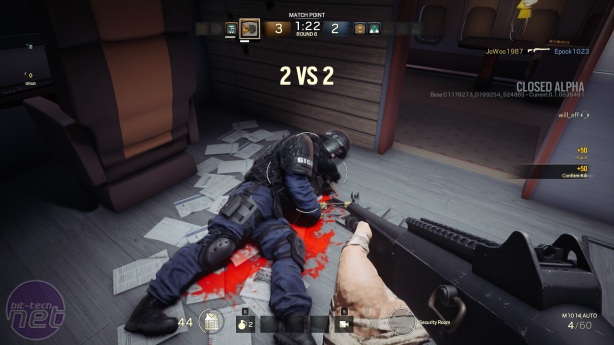
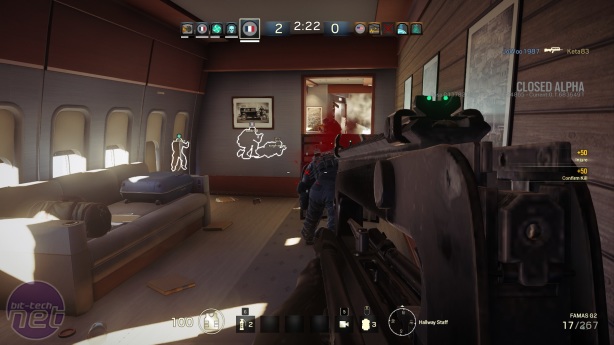
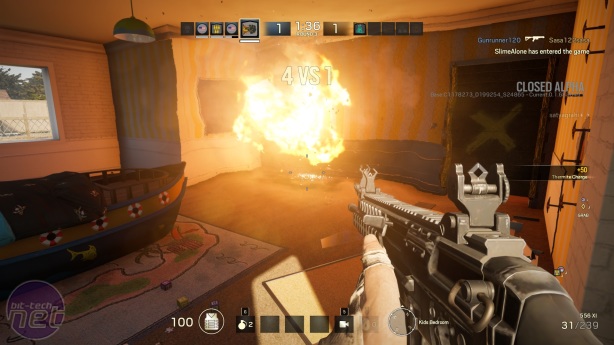
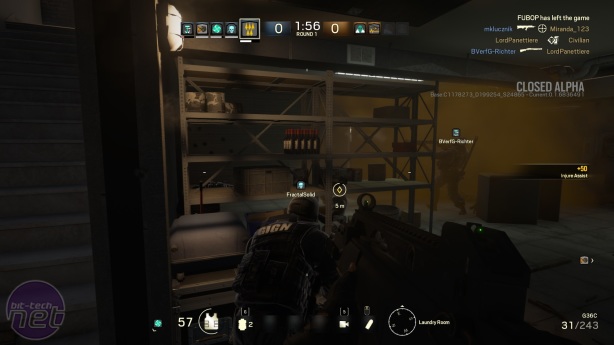
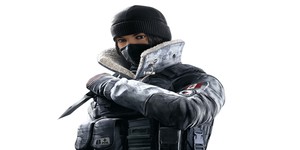







Want to comment? Please log in.